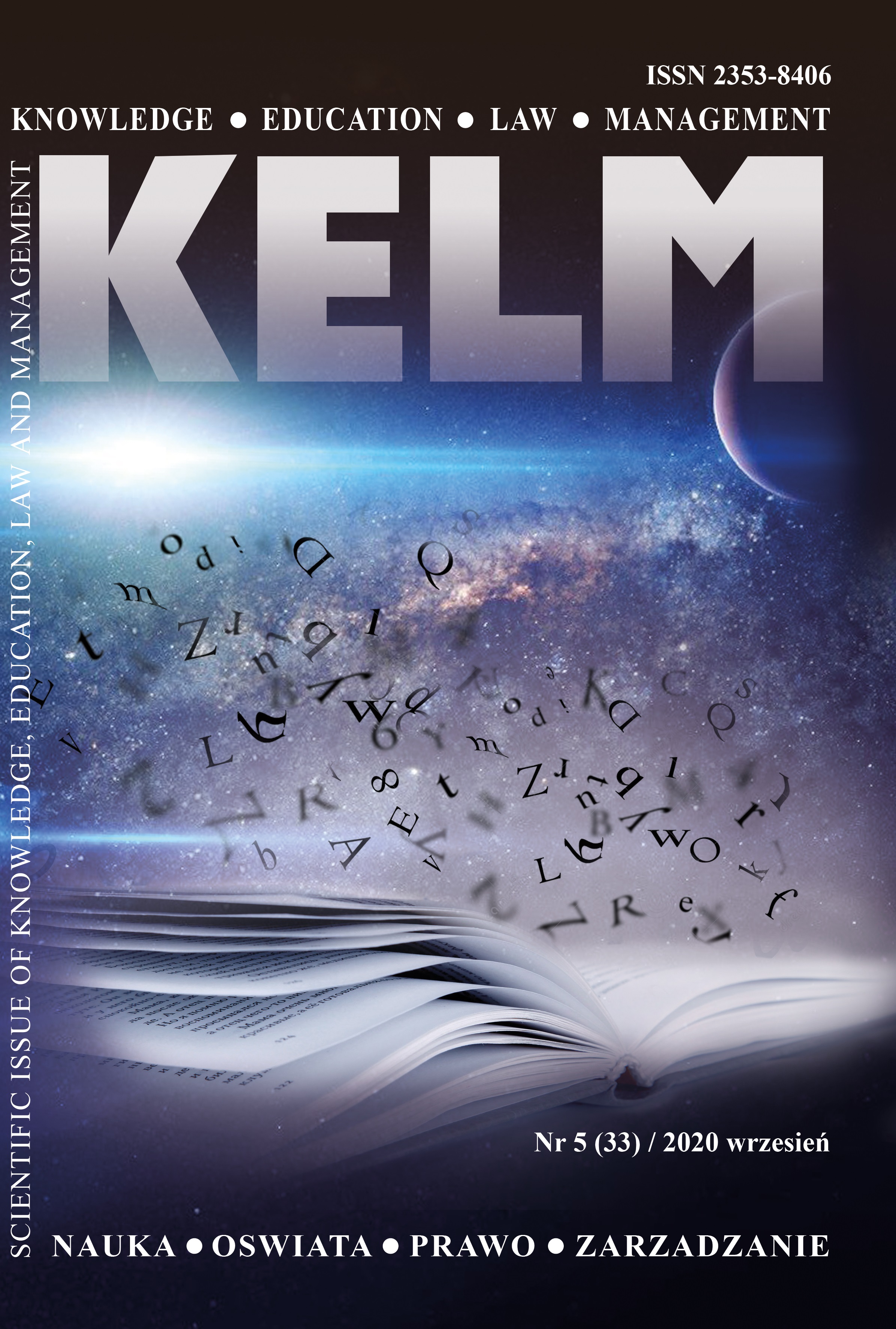Anotation. In the research digitalization is considered as a promising direction of modernization of tourism education within the higher education institutions in German-speaking countries, in particular Germany, Austria and Switzerland. The technical and methodological aspects of digitalization of continuing tourism education concerning the organization of “e-learning” in the virtual educational area and updating the educational programs by adding tourism-oriented digital disciplines of the professional cycle, that contribute to the development of digital competencies of future professionals in tourism. The study of conceptual principles, outlining directions and tools of digitalization of higher tourism education in German-speaking countries having been used by federal and public authorities allow us to state the existing challenges and advantages of digitalization of higher professional education within the socio-economic development of the countries in current economic circumstances. It is determined that the implementation of innovations in vocational education and training, acquisition of digital competencies by future professionals are important prerequisites for digital transformation of the economy of the studied countries and need certain problem solving for the process of adapting higher tourism education to modern non-stop innovations in professional activities to be completed.
Keywords: In the research digitalization is considered as a promising direction of modernization of tourism education within the higher education institutions in German-speaking countries, in particular Germany, Austria and Switzerland. The technical and methodological aspects of digitalization of continuing tourism education concerning the organization of “e-learning” in the virtual educational area and updating the educational programs by adding tourism-oriented digital disciplines of the professional cycle, that contribute to the development of digital competencies of future professionals in tourism. The study of conceptual principles, outlining directions and tools of digitalization of higher tourism education in German-speaking countries having been used by federal and public authorities allow us to state the existing challenges and advantages of digitalization of higher professional education within the socio-economic development of the countries in current economic circumstances. It is determined that the implementation of innovations in vocational education and training, acquisition of digital competencies by future professionals are important prerequisites for digital transformation of the economy of the studied countries and need certain problem solving for the process of adapting higher tourism education to modern non-stop innovations in professional activities to be completed.
DIGITALIZATION AS A TENDENCY IN MODERNIZATION OF TOURISM EDUCATION WITHIN GERMAN-SPEAKING COUNTRIES
Olesia Samokhval, Nataliia Bondar
Olesia Samokhval, Doctor of Pedagogical Sciences, Associate Professor at the Department of Foreign Philology and Translation Vinnytsia Institute of Trade and Economics of the Kyiv National University of Trade and Economics (Vinnytsia, Ukraine)Nataliia Bondar, Ph. D. in Pedagogy, Associate Professor at the Department of Foreign Philology and Translation Vinnytsia Institute of Trade and Economics of the Kyiv National University of Trade and Economics (Vinnytsia, Ukraine)
ORCID ID: 0000-0001-7958-945Х, ORCID ID: 0000-0002-0981-6714
